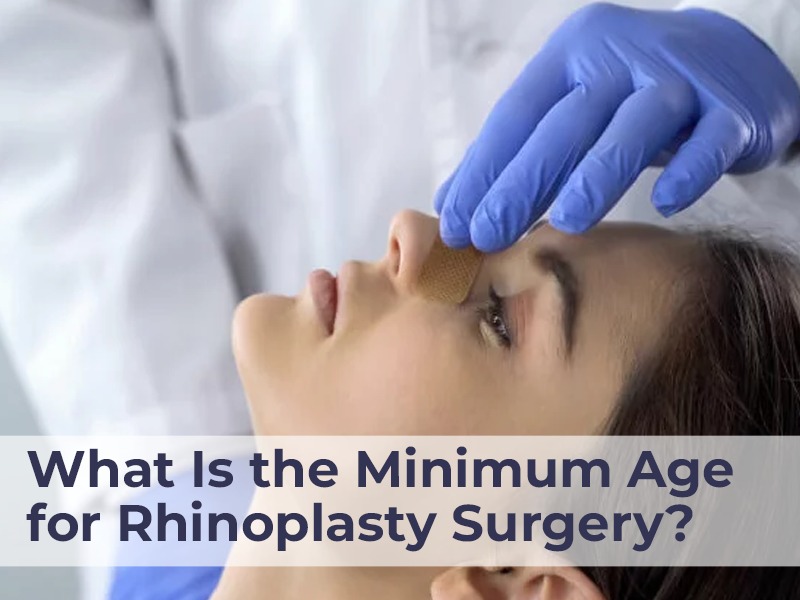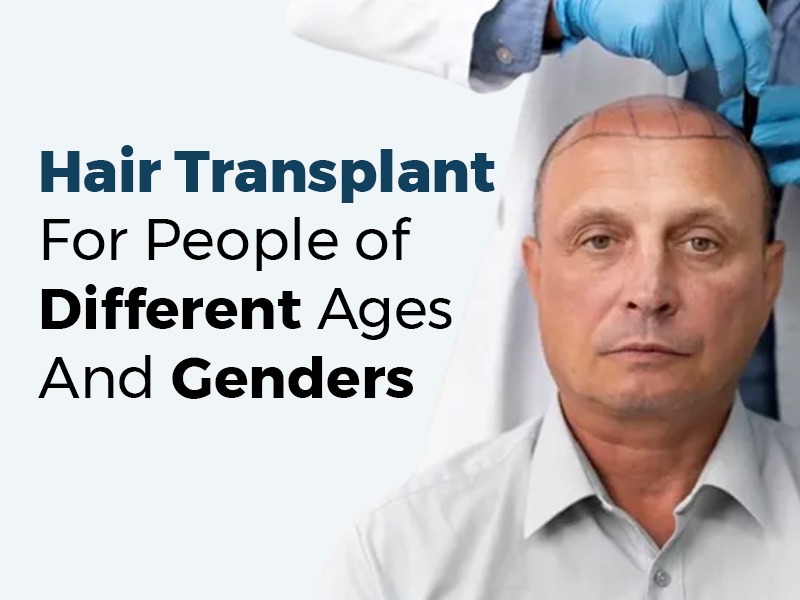What Is the Minimum Age for Rhinoplasty Surgery?
A common cosmetic procedure that can change the contour of the nose is rhinoplasty, sometimes referred to as a nose job. Although rhinoplasty surgery in Delhi can be done at any age, there are broad rules regarding the appropriate age for its safe and efficient completion. Usually, patients minimum ages of 17-18 for rhinoplasty. The reason for this is that by this age, the nose has grown to its full adult size and the facial bones have finished growing. This indicates that there’s a higher chance that a rhinoplasty’s outcomes will last. However, there are certain situations where younger people may have rhinoplasty surgery in Delhi. These situations usually entail nasal functional issues, like breathing difficulties or deviated septum. In certain situations, rhinoplasty may be more advantageous than dangerous. Here’s an in-depth look at the considerations surrounding the minimum age for rhinoplasty: Physical Development: Facial Growth: Up until the late teens or early twenties, the nose is still developing. If a rhinoplasty is performed before the nose is fully developed, there is a chance that the nose will continue to grow and change shape. Bone Development: To get stable and predictable results, surgeons prefer to operate on noses that have completely grown bone and cartilage components. Emotional and Psychological Maturity: Consent and Understanding: Patients should be fully informed about the procedure, including its risks and benefits, and appropriate expectations should be set. Making an educated choice about surgical procedures requires emotional maturity. Body Image Issues: Concerns about their bodies and self-esteem frequently lead teenagers and young adults to choose rhinoplasty as a cosmetic procedure. But it’s important to assess whether these worries last and not the result of temporary emotional changes. Minimum Age Guidelines: Typical Age Range: Before considering a rhinoplasty, surgeons frequently advise delaying until one is in their late teens or early twenties. More facial maturity and a more consistent surgical result are made possible by this. Exceptions: Sometimes rhinoplasty is done at a younger age to address breathing issues brought on by trauma or congenital problems. Usually, each of these cases is evaluated separately, taking into account the unique requirements and circumstances of the patient. Consultation and Decision-making: Consultation with a Surgeon: Board-certified plastic surgeons should be consulted by patients, as well as their guardians if the patient is a minor. Before offering surgery, the surgeon assesses the patient’s emotional and physical maturity. Goals Discussion: During the consultation, the surgeon talks with the patient about their objectives and determines whether or not rhinoplasty can accomplish them. Conclusion: The minimal age for rhinoplasty is based on a number, but it also takes into account the procedure’s intended outcome, emotional preparation, and level of physical development. Since every situation is different, a skilled surgeon must thoroughly assess each one to guarantee the greatest potential result and the patient’s general well-being. In the end, deciding to have a rhinoplasty at any age should be done after giving it serious thought, setting reasonable expectations, and getting advice from a qualified and reputable surgeon. It’s important to speak with a board-certified plastic surgeon in Delhi if you’re thinking about having rhinoplasty surgery. They can evaluate your particular demands and decide if rhinoplasty is the best course of action.
What Is the Minimum Age for Rhinoplasty Surgery? Read More »






